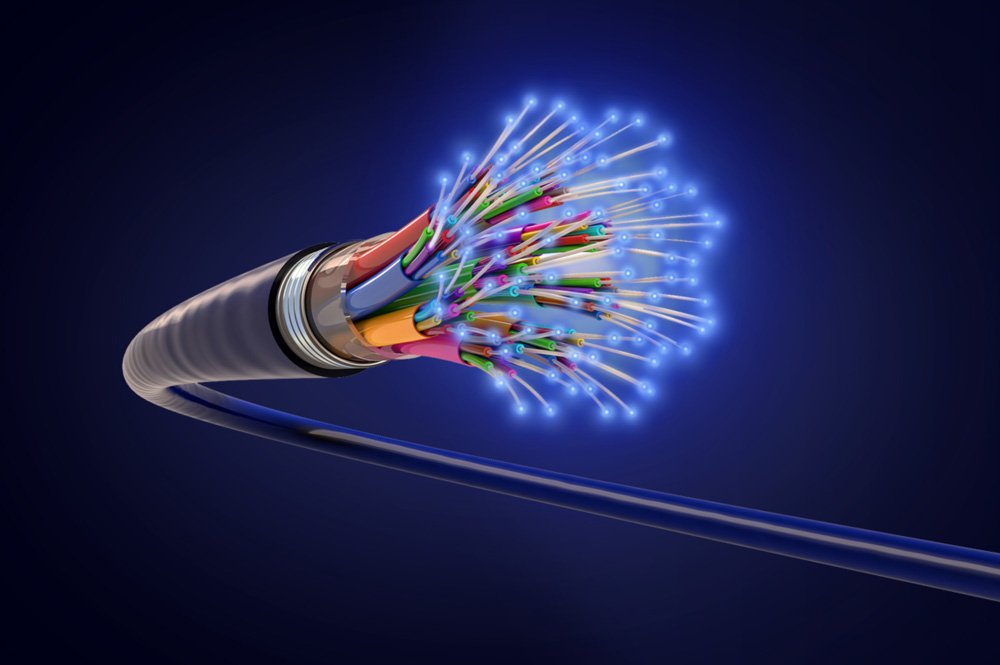What is Fiber Optic Cable?
08 August 2025

When building a network, there are many factors that need to be considered like cost, bandwidth, distance, speed, and reliability.
If you are struggling to decide the best option for your needs, we are here to offer some valuable insight and information.
The main difference between copper cable and fiber optic cable is in how they transmit a signal and in what they are made of.
Copper cable is made from copper wire and sends a signal using electrical pulses while fiber optic cable is composed of single or multiple strands of glass fiber and sends a signal using light pulses.
Below is a chart that provides a quick overview of the difference between copper cable and fiber optic cable, followed by a look at the advantages, disadvantages, and applications of each.
| Fiber Optic Cable | Copper Cable | |
| How it Works | Signal transmission attained via light pulses | Data transmission attained via electrical pulses |
| Primary Uses | Computer networks, internet applications, telecommunications, security systems, automotive industry applications, medical applications | Telecommunications, automotive industry applications, electrical supply |
| Cost | More expensive | Less expensive |
| Transmission Speed | Faster | Slower |
| Transmission Range | Up to 100 kilometers | Up to 100 meters |
| Attenuation | Less than copper cable | Greater than copper cable |
| Reliability | More reliable | Less reliable |
| Bandwidth | Up to 60 Tbps | Up to 10 Gbps |
| Lifespan | 30-50 years | 5 years |
| Power Consumption | Approx. 2W per user | Approx 10W per user |
| Materials Made With | Glass fibers | Copper wire |
Fiber optic cable offers many advantages to businesses and sites that use it in their networks and structured wiring solutions.
Here are the advantages of fiber optic cable:
Despite the many advantages of fiber optic cable, there are a few disadvantages.
Disadvantages of fiber optic cable include:

Because of their security, transmission speeds, durability, and compact nature, fiber optic cables have a wide range of uses and applications.
Here’s a look at some of the most common fiber optic cable applications:

Copper cables have been in use for a long time and when looking at the advantages they provide, it isn’t hard to see why.
Advantages of copper cables include:
While copper cables have been a tried and true solution for many, many years, they are not without their drawbacks.
Here are the primary disadvantages of copper cable:
Despite being slightly less functional than fiber optic cables, the advantages of copper cables make them an excellent choice in a number of applications.
Here are the most common applications of copper cable:
On the surface, the difference between copper cable and fiber optic cable seems minimal, but the deeper you look, the greater the differences become.
It is clear that while copper cable has its uses and functionality, fiber optic cable is the right choice for the vast majority of installations.
While more expensive to install, fiber optic cable will pay for itself in reliability, scalability, and transmissibility. As your bandwidth needs increase, fiber optic cables can accommodate you without the need for a costly upgrade.
To find out more about fiber optic solutions and how we can meet your cabling needs, contact us today!